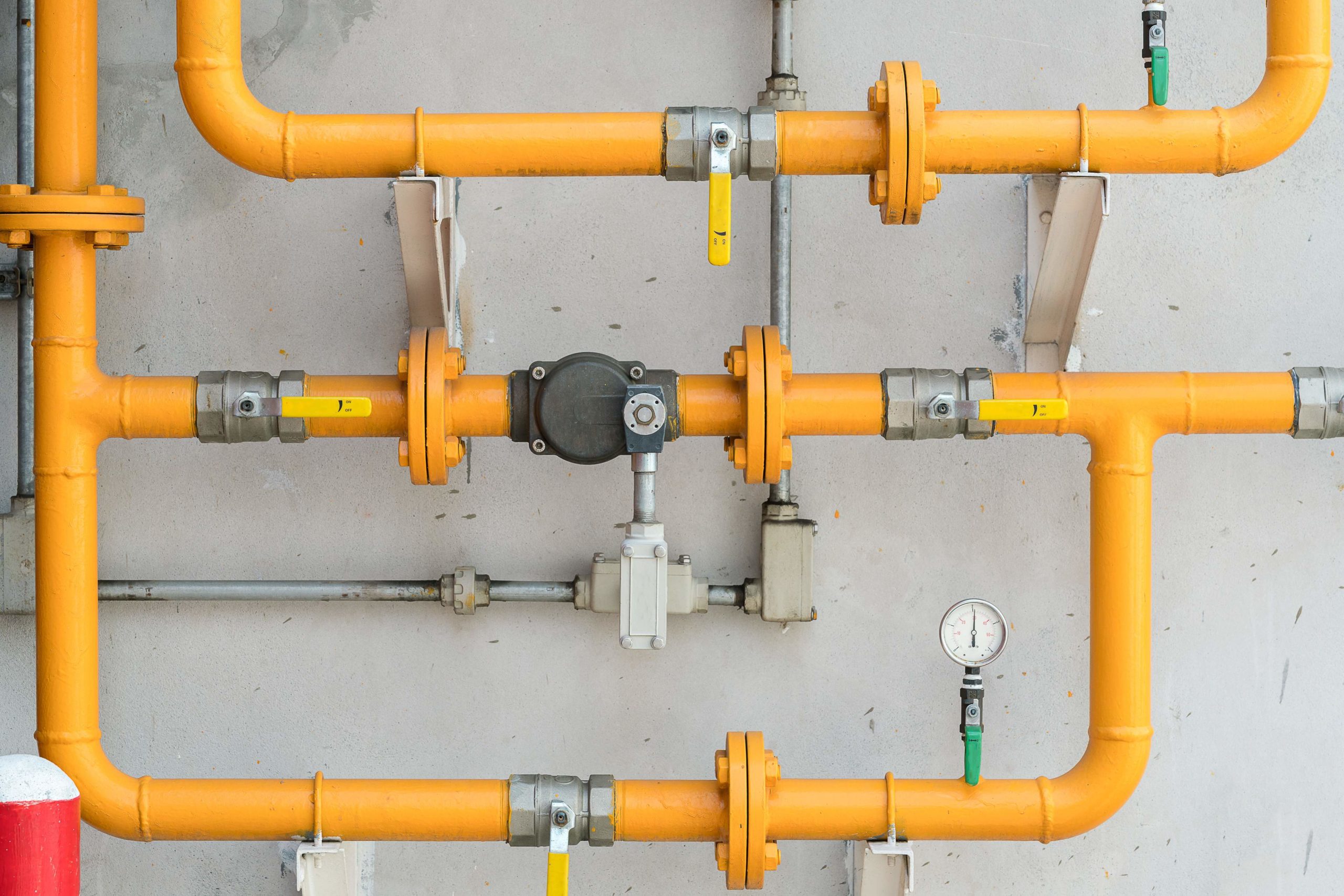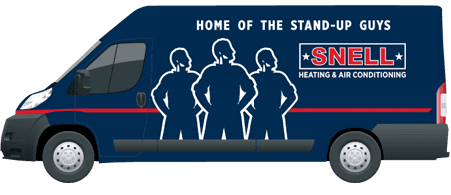
We rely on a wide variety of appliances in our homes to keep comfortable, eat, and to regulate water temperatures. Although these appliances are safe to install and use on a daily basis, they are also capable of producing excess Carbon Monoxide gas. Carbon Monoxide is created when fuel is burned throughout a combustion process. When a gas line connection near an appliance is loose, this gas is able to escape and cause carbon monoxide poisoning.
This type of gas is hard to detect in the home because it doesn’t have an color or odor. In most situations, you may not even notice a Carbon Monoxide leak in your home. To prevent this dangerous gas from infiltrating the area, it’s important to never conduct a DIY appliance or gas line installation. It only takes a single mistake to cause Carbon Monoxide poisoning.
Signs of Carbon Monoxide Poisoning
If you or a loved one has inhaled an excessive quantity of Carbon Monoxide, there will be a variety of physical consequences. Signs of Carbon Monoxide poisoning include headaches, shortness of breath, dizziness, vomiting, and poor vision. Prolonged exposure to this gas may also cause casualties. If you’ve recently performed a DIY gas installation project and notice these symptoms, immediately contact a professional to perform a gas appliance or furnace repair.
Sources of Carbon Monoxide Gases
Sources of Carbon Monoxide include gas-burning appliances such as gas furnaces, dryers, water heaters, space heaters, grills, stoves, lawnmowers, or refrigerators. This type of gas leak is common in areas that are not well ventilated. Other situations that may cause Carbon Monoxide poisoning include earthquakes, furnace failure, aging appliances, and poorly performed DIY HVAC installation projects. To combat health consequences, we recommend installing a Carbon Monoxide detector in your home.
Prevent Carbon Monoxide Poisoning With a Detector
Every house in the United States should have at least one Carbon Monoxide detector to regulate the airflow. If you want to be extra careful, consider adding a detector to every room of your home to help catch gas leaks at a faster rate. We only recommend purchasing a Carbon Monoxide detector that is UL listed to ensure maximum reliability.
Conduct Maintenance On Gas Furnaces & Appliances
Another sufficient method to avoid the common signs of Carbon Monoxide Poisoning includes conducting continuous furnace repairs and tune-ups with a team of professionals. We offer reliable furnace tune-up services to homes in Virginia for an affordable $78. If you’re in the process of upgrading your heating system, we recommend investing in a sealed combustion gas furnace.
What is a Sealed Combustion Gas Furnace?
When it comes to purchasing a new furnace for your home, you are able to choose between two types, Sealed Combustion and Atmospheric. A sealed combustion furnace features a combustion chamber that collects air from outside the house. It collects air through a pipe that is exposed to the outdoor air supply. This type of furnace also includes another pipe that sends Carbon Monoxide to the outdoors.
On the other hand, an atmospheric furnace relies on Oxygen from inside the house to ignite the gas burners. To ensure the furnace in your home isn’t a source of Carbon Monoxide, we recommend investing in a sealed combustion furnace that is powered by air from the outdoors.
Reliable Furnace Repair & Installation Services
The only two ways to protect your family from Carbon Monoxide poisoning include purchasing the correct type of furnace and having a professional install it. Our team of HVAC technicians offers furnace repair and installation services to homes in areas of Virginia such as Arlington, Alexandria, Reston, and Centreville. Give us a call by phone at (703) 543-9649 to receive assistance with any HVAC project.

